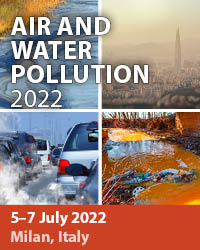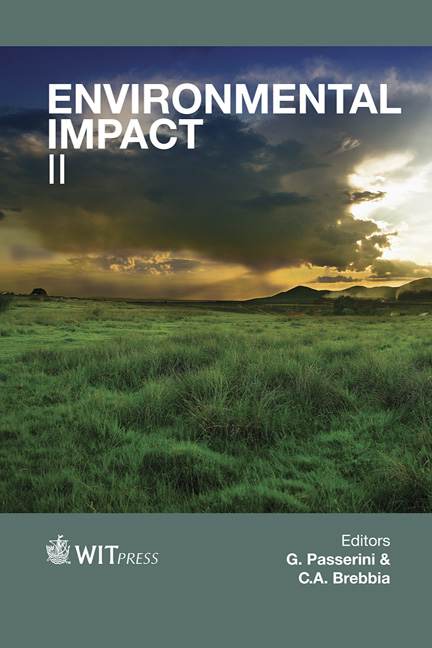Visual Impact From Quarrying Activities: A Case Study For Planning The Residential Development Of Surrounding Areas
Price
Free (open access)
Transaction
Volume
181
Pages
11
Page Range
125 - 135
Published
2014
Size
1,205 kb
Paper DOI
10.2495/EID140111
Copyright
WIT Press
Author(s)
G. Alfaro Degan, D. Lippiello, L. Picciolo & M. Pinzari
Abstract
Quarrying activities and rock extraction generally cause several environmental effects on the surrounding areas. The alteration of landscape due to activities like excavation, drilling or blasting, in particular, often generates a visual impact on the receptors set in the surroundings. Among these effects, the shape, extent, or chromatic contrast of the mining surface with the original land form may represent a huge loss of appeal for the growth of new urban settlements. To eliminate, or if not possible, at least to reduce these effects, two different approaches may be developed. The first, based on the reclamation of the post mined quarry surface is aimed at restoring the ecological balance taking into account geological parameters but also local flora and climate. It may be effective however it requires many years to be developed and above all it implies rock extraction to be suspended. On the other hand the way of prevention is based on the assessment of visual impact when the quarry plant is to be set or when receptor location is to be settled. The contents of this paper are focused on the results of a case study developed in the northern area of Rome in which the existence of a grey dark basalt quarry represented the opportunity to test this preventive approach: in the surroundings of the quarry plant some contractors aimed to build a residential area and a preliminary scheme was in progress. So, in the first part, the two most important visual assessment methods such as that defined by the EC decision 272/02 and the Lvi (Level of Visual Impact) are performed and compared. Some scenarios are studied by varying not only the receptor location but the quarry exploitation method too. Then, with regard to the threshold limit values and quality classes defined in the EC decision, the construction of Lvi maps is performed by means
Keywords
visual impact assessment, quarry, landscape alteration, geostatistics, Ordinary Kriging





